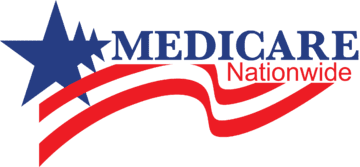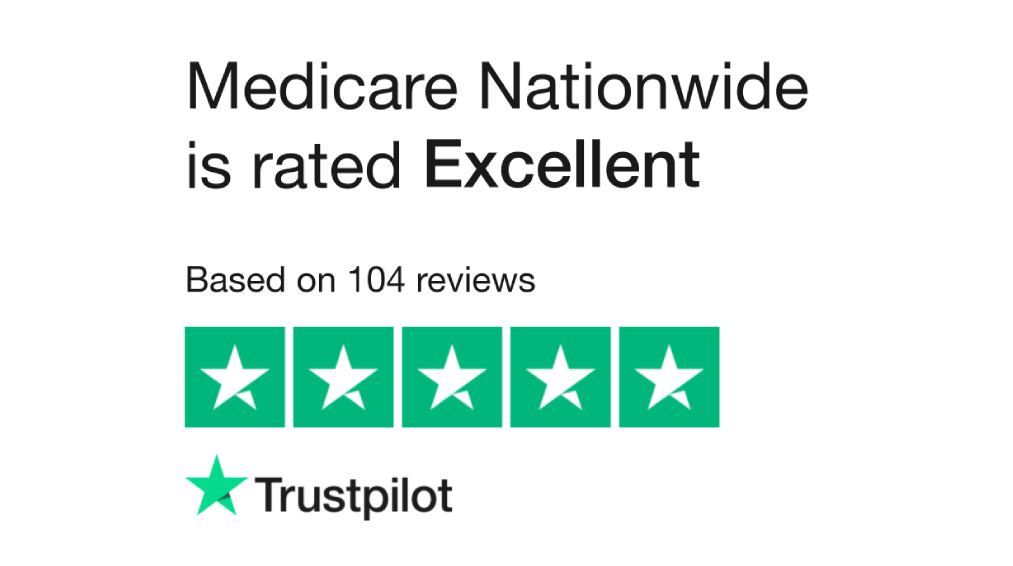
The reintroduction of the Most Favored Nation (MFN) drug pricing proposal has reignited the national conversation around lowering prescription drug costs in the United States. President Donald Trump signed an executive order on May 12, 2025, which was published in the Federal Register on May 14, 2025. This move signals a renewed push to align U.S. drug prices with those in other developed nations—potentially transforming the pharmaceutical pricing landscape.
While the executive order outlines several key steps, it notably lacks a specific implementation date. Understanding the proposal’s background, the current timeline, and what might happen next is essential for healthcare professionals, pharmaceutical companies, and consumers alike.
What Is the MFN Drug Pricing Model?
The Most Favored Nation (MFN) pricing model is a strategy intended to reduce Medicare drug spending by tying prices in the U.S. to the lowest prices paid by other developed countries. Essentially, the MFN rule would ensure that Americans do not pay more for certain prescription drugs than residents of nations with robust pricing controls.
The intent is to leverage international price benchmarks to bring down the cost of medications in the U.S., especially for high-cost drugs covered under Medicare Part B
The MFN pricing model mandates that Medicare pay no more for certain prescription drugs than the lowest price paid by comparable countries. Originally introduced in 2020, the MFN Model was designed to cut costs but faced legal setbacks and was officially rescinded in early 2022 by the Centers for Medicare & Medicaid Services (CMS).
Historical Context: Lessons from the 2020 MFN Model
The 2020 MFN Model was announced via an interim final rule and intended to begin on January 1, 2021. However, it was met with immediate legal challenges due to its rapid implementation (just 45 days after announcement) and the lack of a full public comment process. CMS rescinded the rule on December 27, 2021, with the decision taking effect on February 28, 2022.
These legal and procedural pitfalls serve as cautionary examples for the 2025 version of the MFN Model.
Key Highlights from the 2025 Executive Order
Published in the Federal Register on May 14, 2025, the executive order titled “Lowering Prescription Drug Prices for Americans by Ensuring Most Favored Nation Pricing” establishes initial steps but stops short of setting a final implementation date.
1. Communication with Pharmaceutical Manufacturers
The executive order mandates that by June 11, 2025, the Secretary of Health and Human Services (HHS) must communicate MFN price targets to pharmaceutical manufacturers. This is the first clear directive in the process, aimed at encouraging voluntary compliance.
2. Conditional Rulemaking
If “significant progress” is not achieved through voluntary negotiations, the HHS Secretary is directed to initiate formal rulemaking to impose MFN pricing. However, the order does not define what constitutes “significant progress,” nor does it specify a deadline for assessing such progress. This ambiguity leaves the timeline for formal implementation uncertain.
A Look Back: The 2020 MFN Model Attempt
This is not the first time the MFN model has been introduced. The Centers for Medicare & Medicaid Services (CMS) previously rolled out the MFN Model via an interim final rule in 2020 during President Trump’s earlier administration.
- Announced: Late 2020
- Intended Start Date: January 1, 2021
- Blocked and Rescinded: After facing multiple legal challenges, CMS officially rescinded the rule on December 27, 2021, with the rescission effective February 28, 2022.
The 2020 version was criticized for bypassing standard rulemaking procedures, such as a public comment period, which contributed to its legal downfall. This historical context is crucial, as it suggests that any new MFN rule in 2025 will likely follow a more traditional path—especially to withstand legal scrutiny.
Potential Timeline for MFN Implementation in 2025
While the 2025 executive order does not include a proposed start date, it outlines a process that will likely unfold over several months.
If Voluntary Compliance Fails:
If drug manufacturers do not accept the MFN pricing targets voluntarily, the HHS Secretary is expected to move forward with rulemaking. This includes:
- Drafting a Proposed Rule: Based on historical rulemaking standards.
- Public Comment Period: Typically 30–60 days under the Administrative Procedure Act.
- Final Rule and Implementation: After reviewing comments and making necessary adjustments.
Given this standard process, implementation could realistically take 6 to 12 months after rulemaking begins. If initiated in mid-2025, the MFN policy might not take effect until late 2025 or even 2026.
Legal Challenges Are Possible
Just as in 2020, legal opposition from pharmaceutical companies and stakeholders is expected. These challenges could delay or even halt the implementation of the MFN model once again. The lack of a defined benchmark for “significant progress” adds another layer of uncertainty.
Medicare Drug Price Negotiation Under the 2022 Law
In a major step toward lowering prescription drug costs, a landmark law passed in 2022 authorized Medicare to begin negotiating drug prices directly with manufacturers. This historic policy aims to improve Medicare by expanding benefits, lowering drug costs, keeping premiums stable, and ensuring the program’s sustainability for future generations.
Starting in 2026, Medicare began negotiations for 10 of the most expensive brand-name drugs under Part B and Part D. Substantial discounts were secured, ranging from 38% to nearly 80% off the list prices. These include:
- Blood Thinners: Eliquis and Xarelto (56%–62% discount)
- Diabetes Medications: NovoLog/Fiasp, Jardiance, Januvia, Farxiga (66%–79% discount)
- Inflammatory Condition Treatments: Enbrel and Stelara (66%–67% discount)
- Heart Failure Drug: Entresto (53% discount)
- Cancer Drug: Imbruvica (38% discount)
This initiative runs parallel to the MFN model’s goal of reducing drug costs by aligning U.S. prices with international benchmarks. Together, these efforts represent a transformative shift in U.S. drug pricing policy, benefiting Medicare recipients and putting greater pressure on pharmaceutical companies to justify their pricing.
Why This Matters to You
The MFN pricing model could have a profound impact on drug prices, especially for seniors and those who rely on Medicare Part B. Here’s what stakeholders need to consider:
- Consumers: Could benefit from lower out-of-pocket costs for expensive drugs.
- Pharmaceutical Manufacturers: May face pricing pressure and reduced revenues if forced to match international price benchmarks.
- Healthcare Providers: Could see changes in drug availability and prescribing practices based on updated reimbursement models.
- Policy Watchers: Must keep a close eye on rulemaking developments to understand the broader impact on U.S. healthcare costs.
How to Stay Updated
Since the proposal is still in early stages, it’s essential to follow updates from official sources. Key platforms include:
- Centers for Medicare & Medicaid Services (CMS) – www.cms.gov
- Federal Register – www.federalregister.gov
The next major milestone is June 11, 2025, when the HHS must complete its communication of price targets to manufacturers. After this date, watch for any announcements regarding proposed rulemaking.
Final Thoughts
The reintroduction of the Most Favored Nation (MFN) pricing proposal by President Trump marks a renewed effort to tackle high drug costs through international benchmarking. While the executive order sets the wheels in motion, many questions remain unanswered—especially regarding timing, enforcement, and legal viability.
If successfully implemented, the MFN model could be one of the most significant shifts in U.S. pharmaceutical pricing policy in decades. But as history has shown, the road to reform is rarely smooth.
For the latest developments on this and other Medicare-related policies, bookmark CMS.gov and the Federal Register, and stay informed on how federal actions may affect your healthcare and prescription costs.
To learn more about the Most Favored Nation (MFN) Drug Pricing Proposal and how it may affect you, call us today at 1-888-559-0103. One of our knowledgeable agents will be happy to answer your questions and provide personalized guidance.

